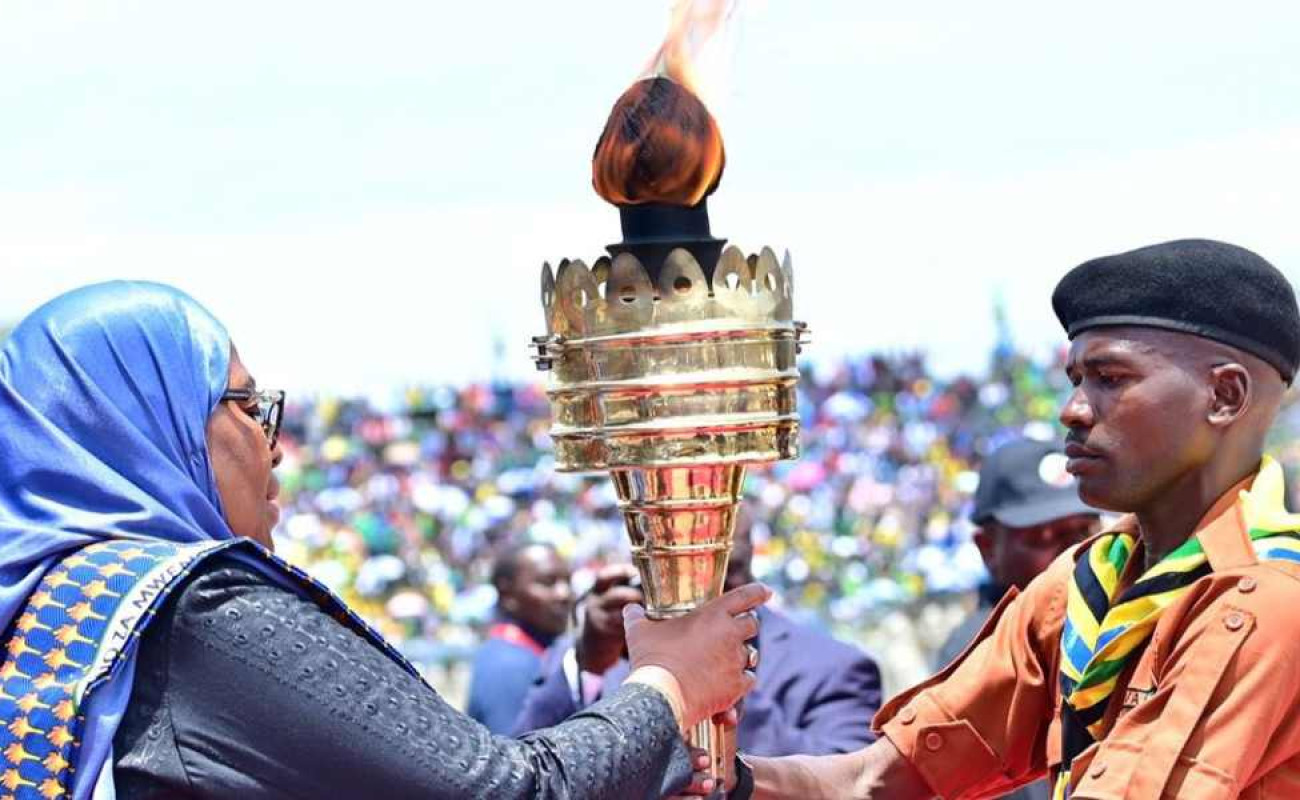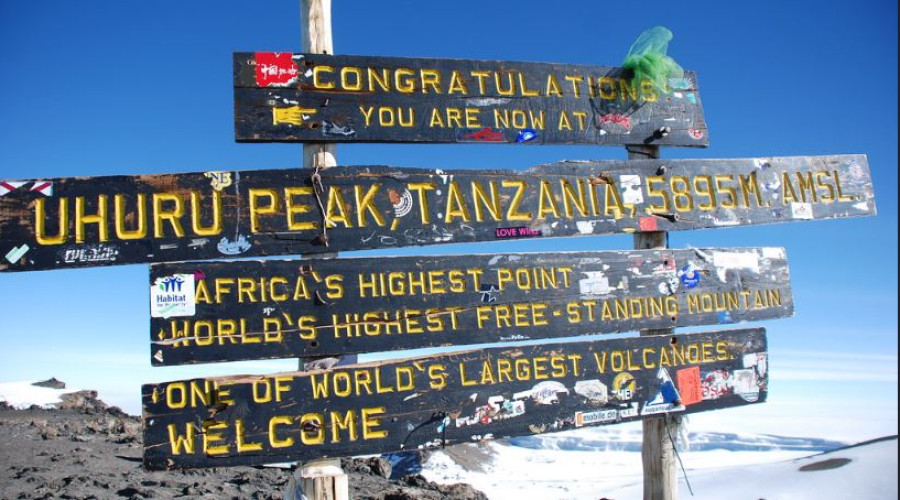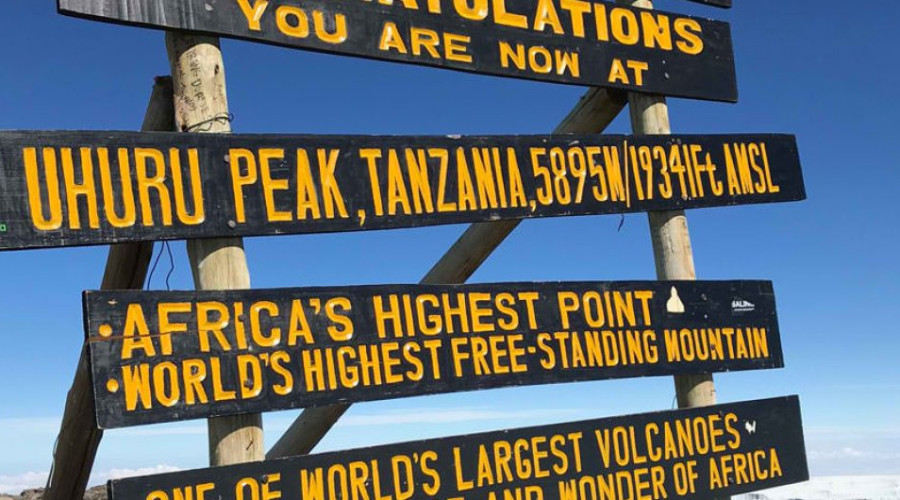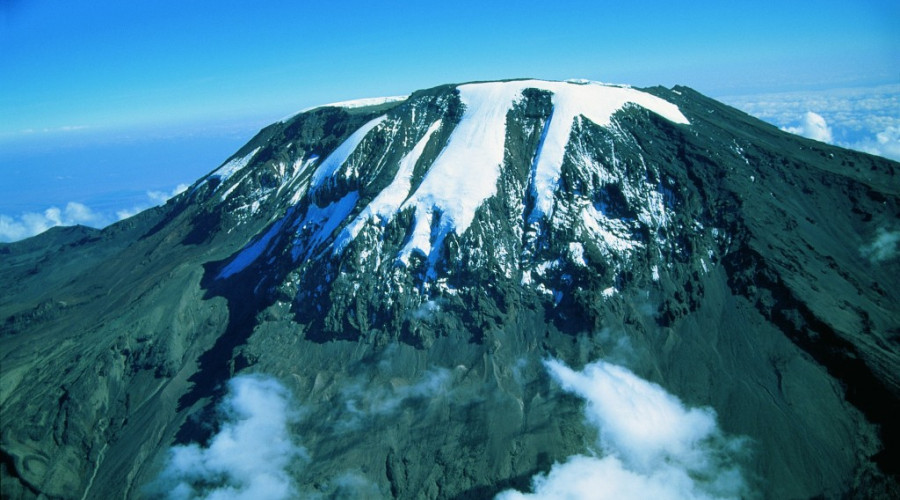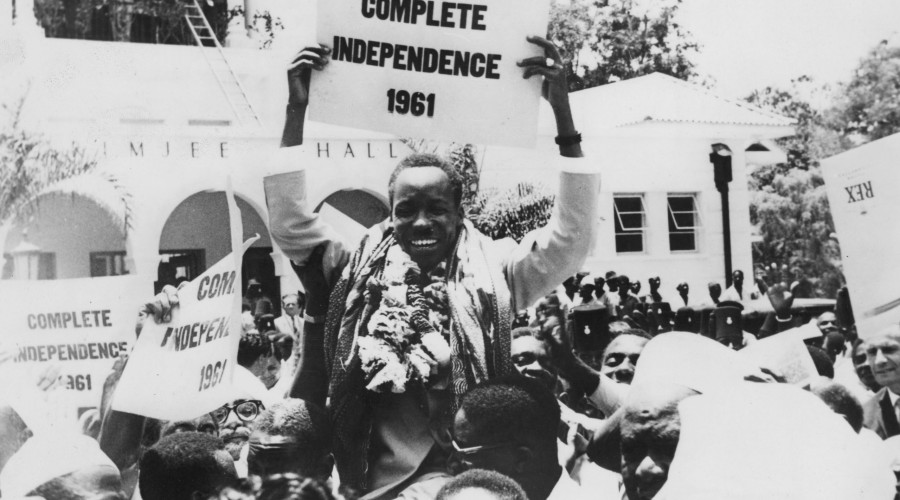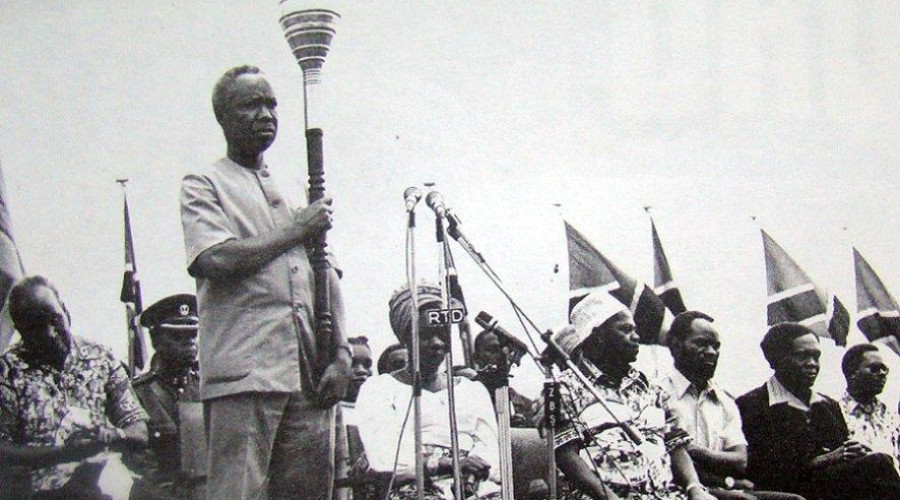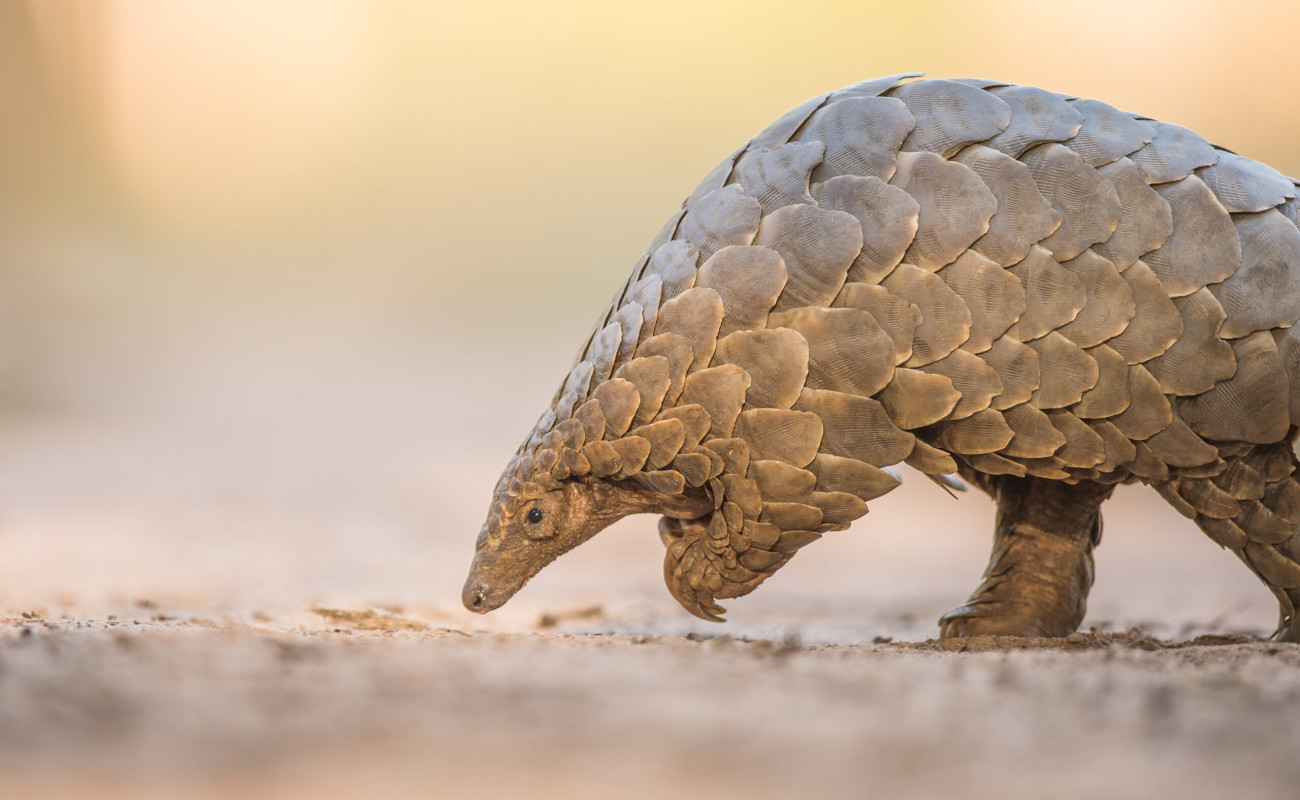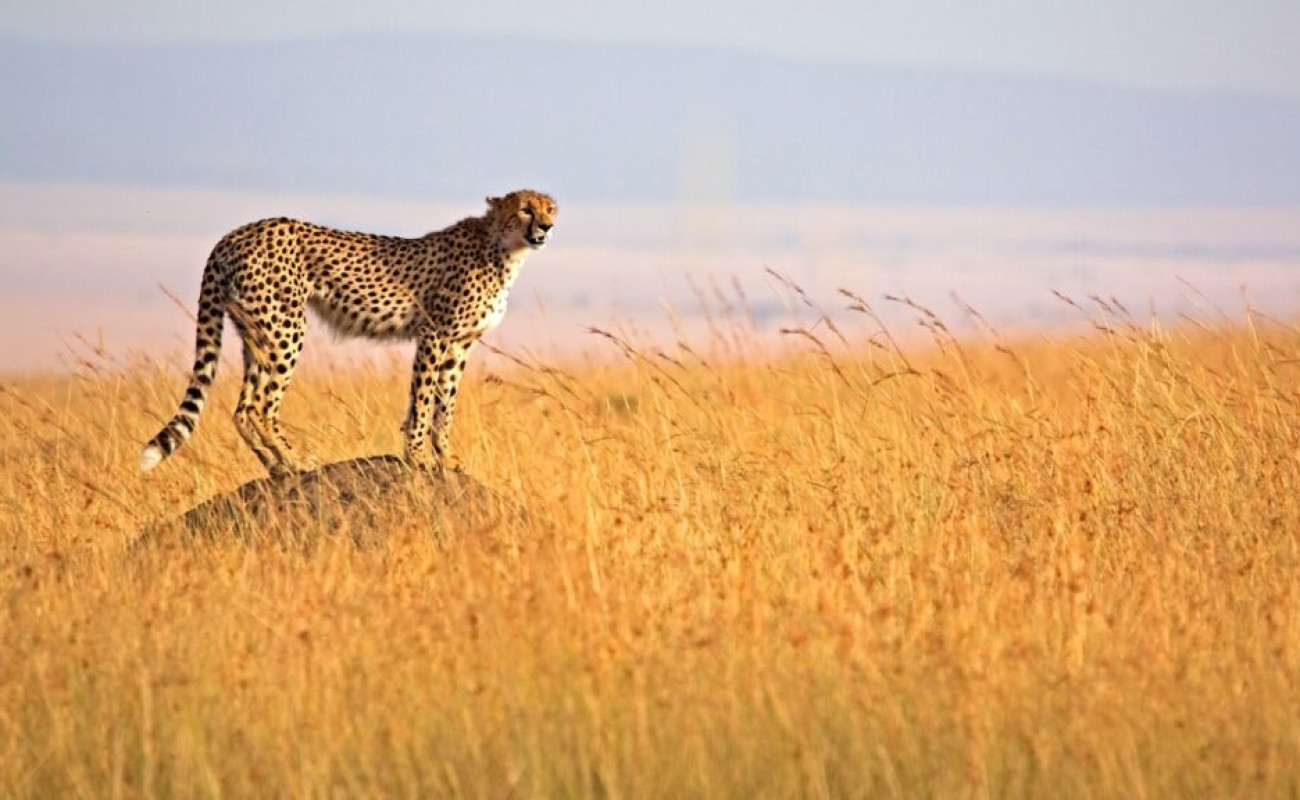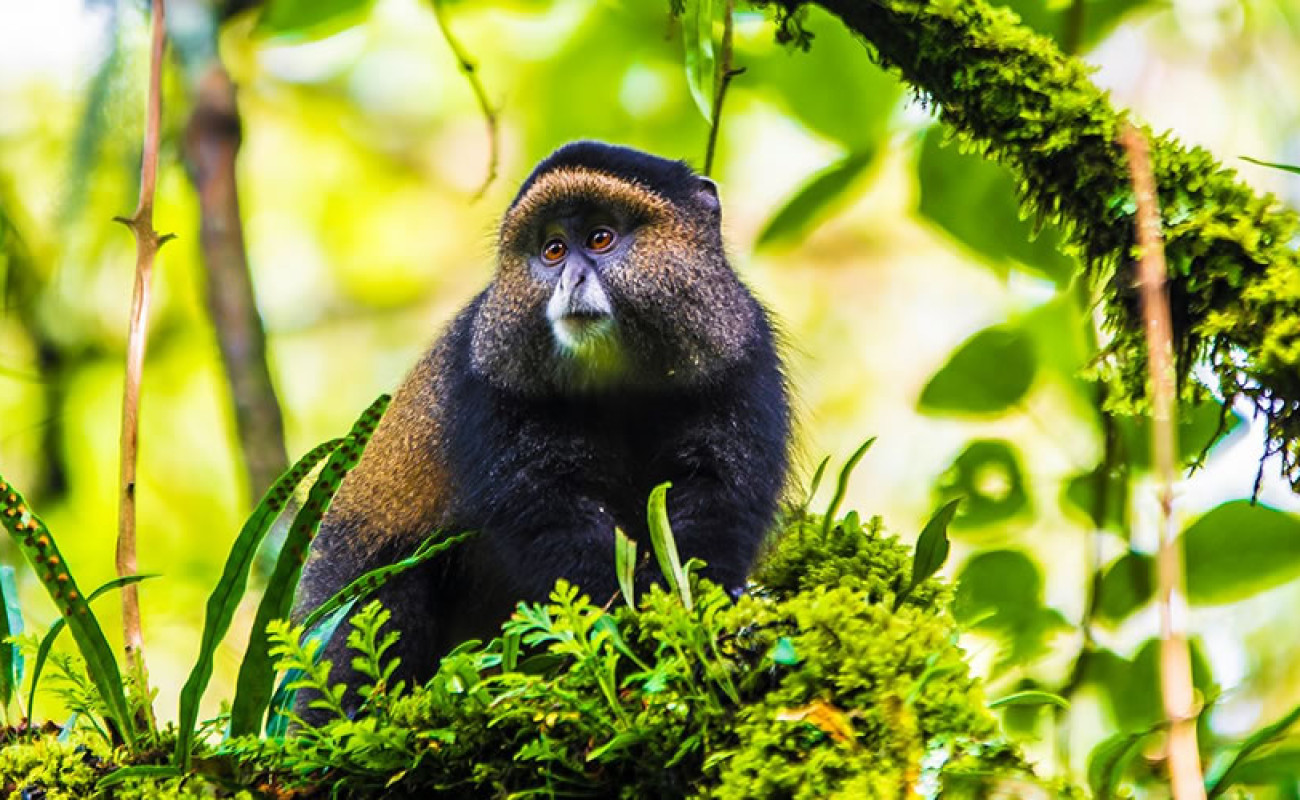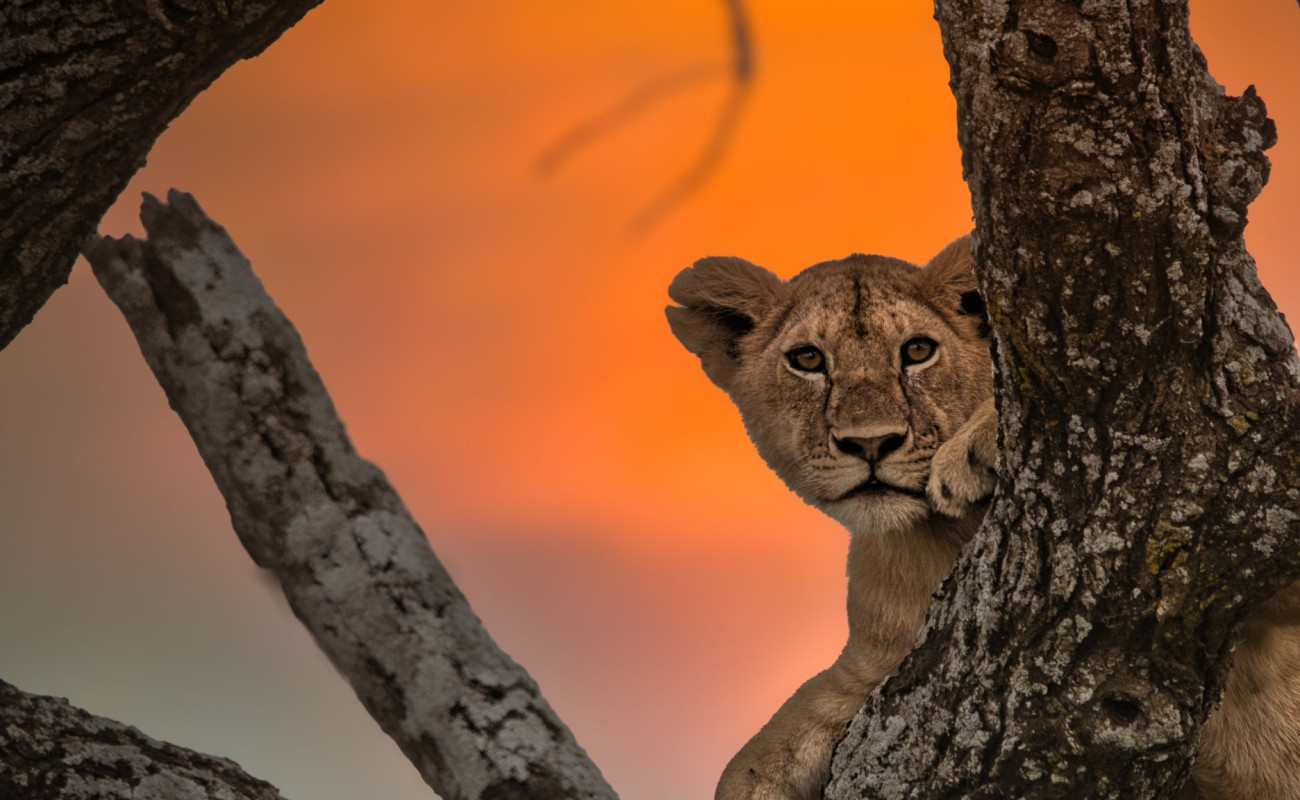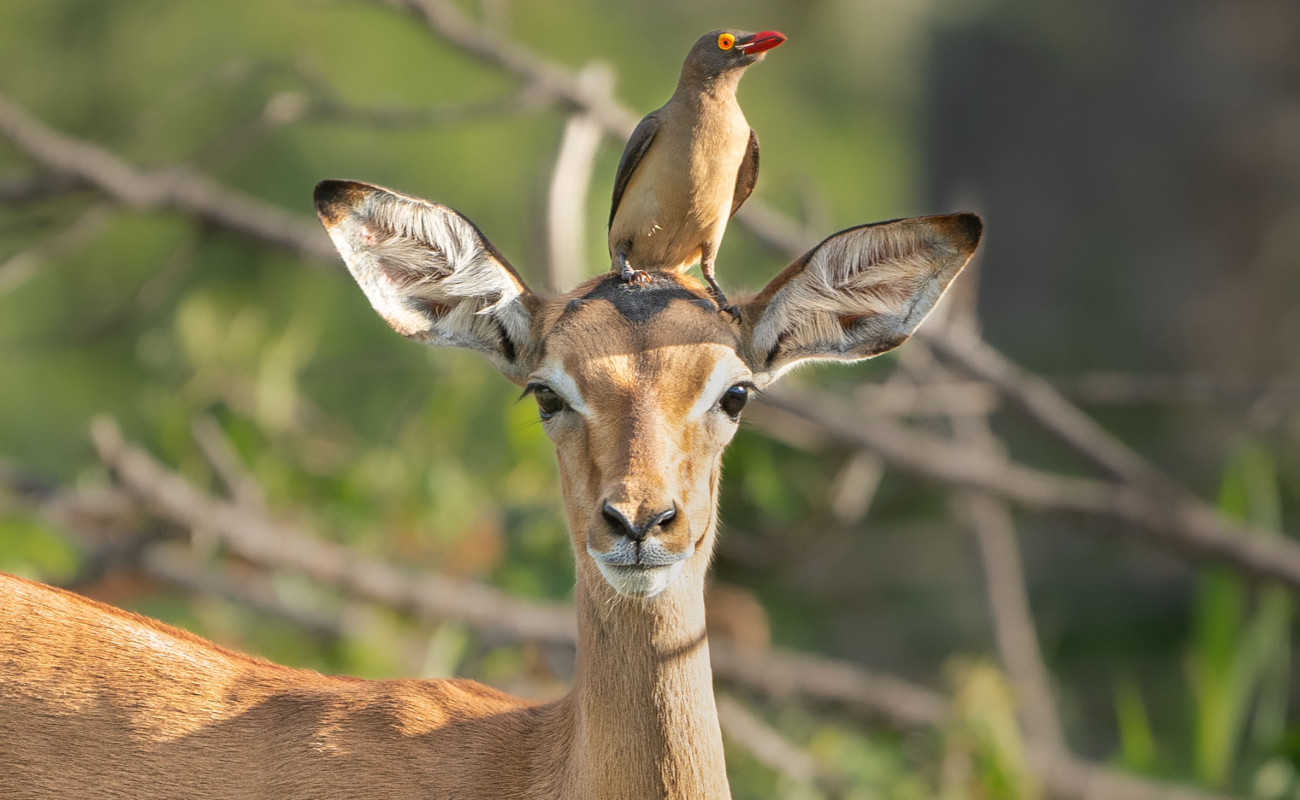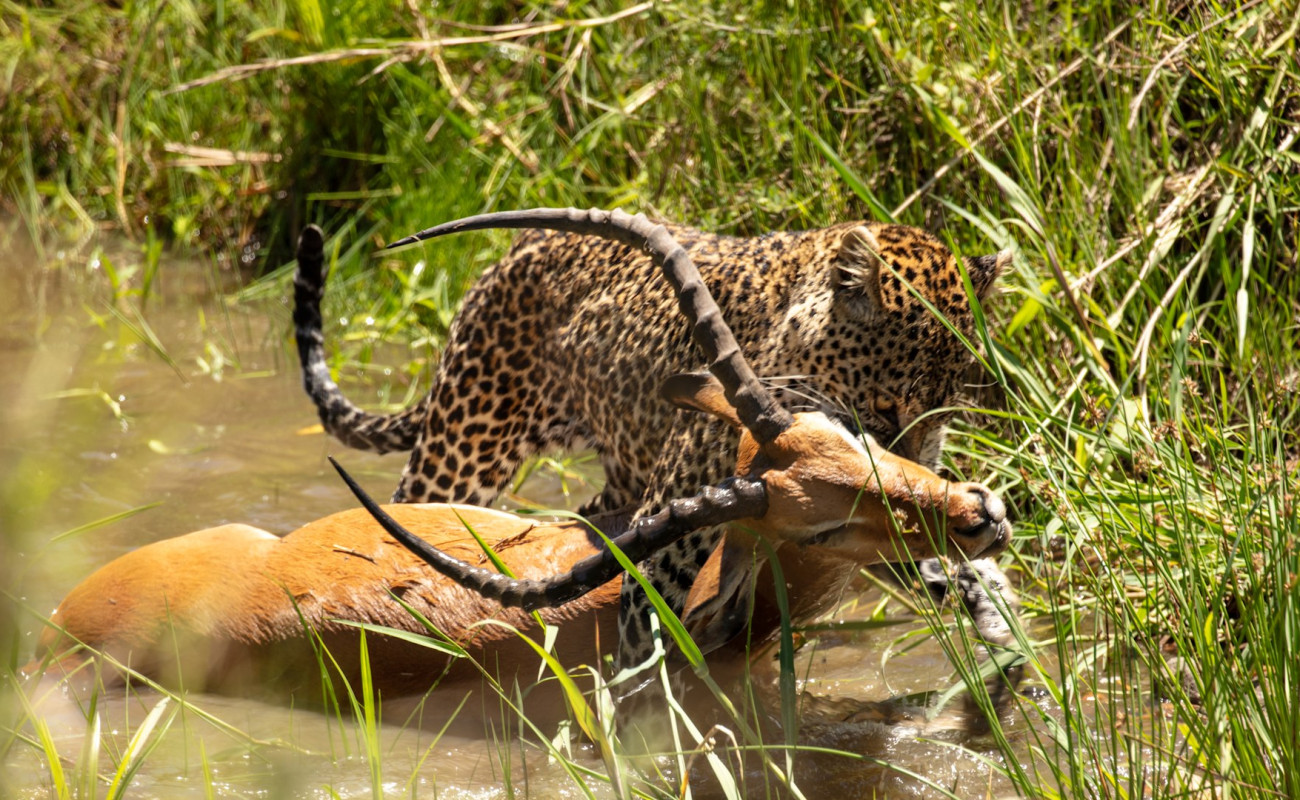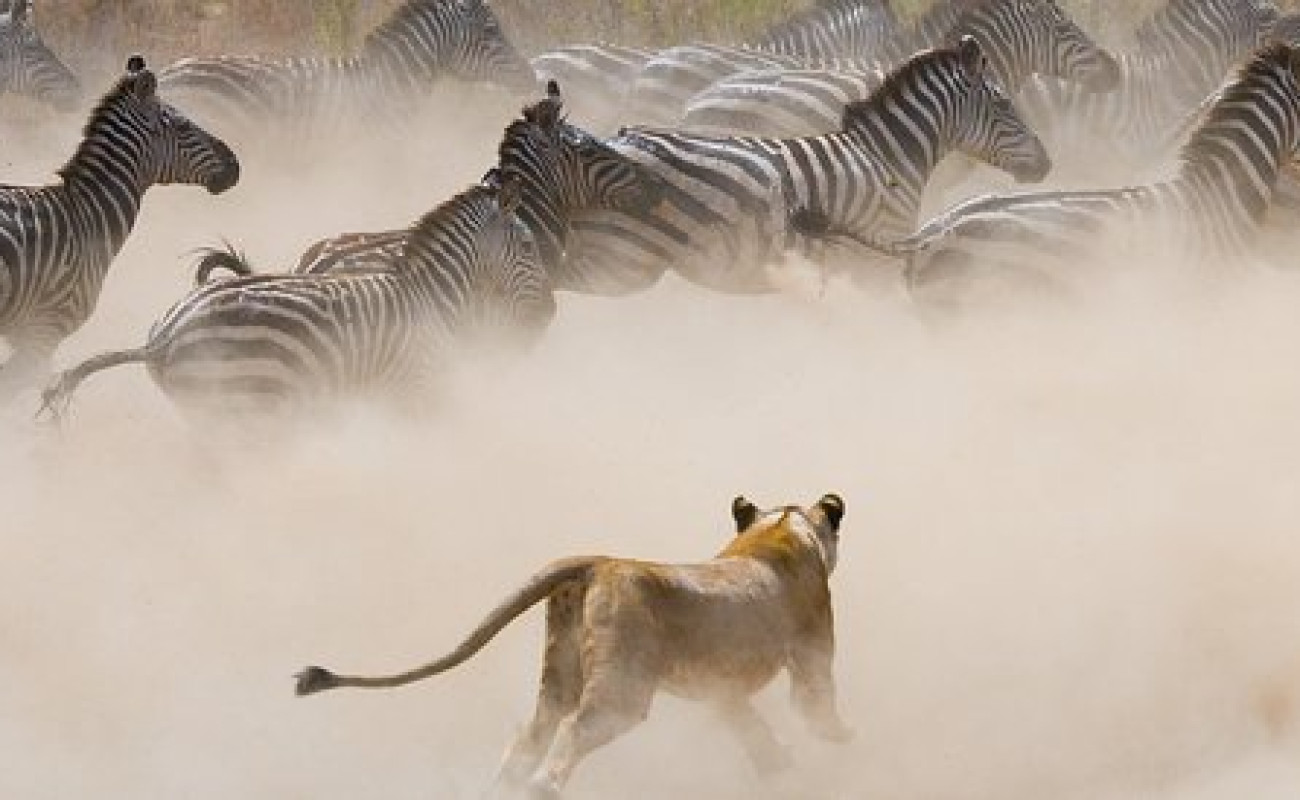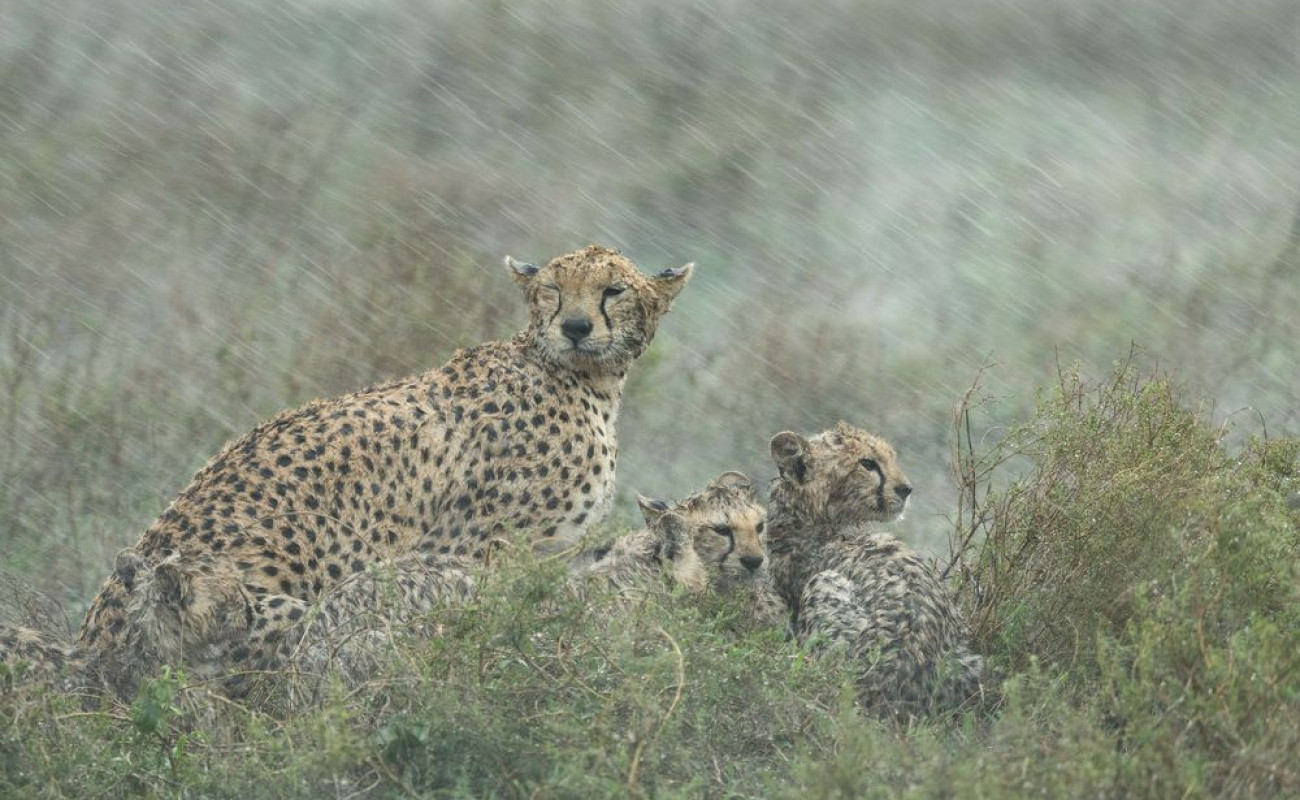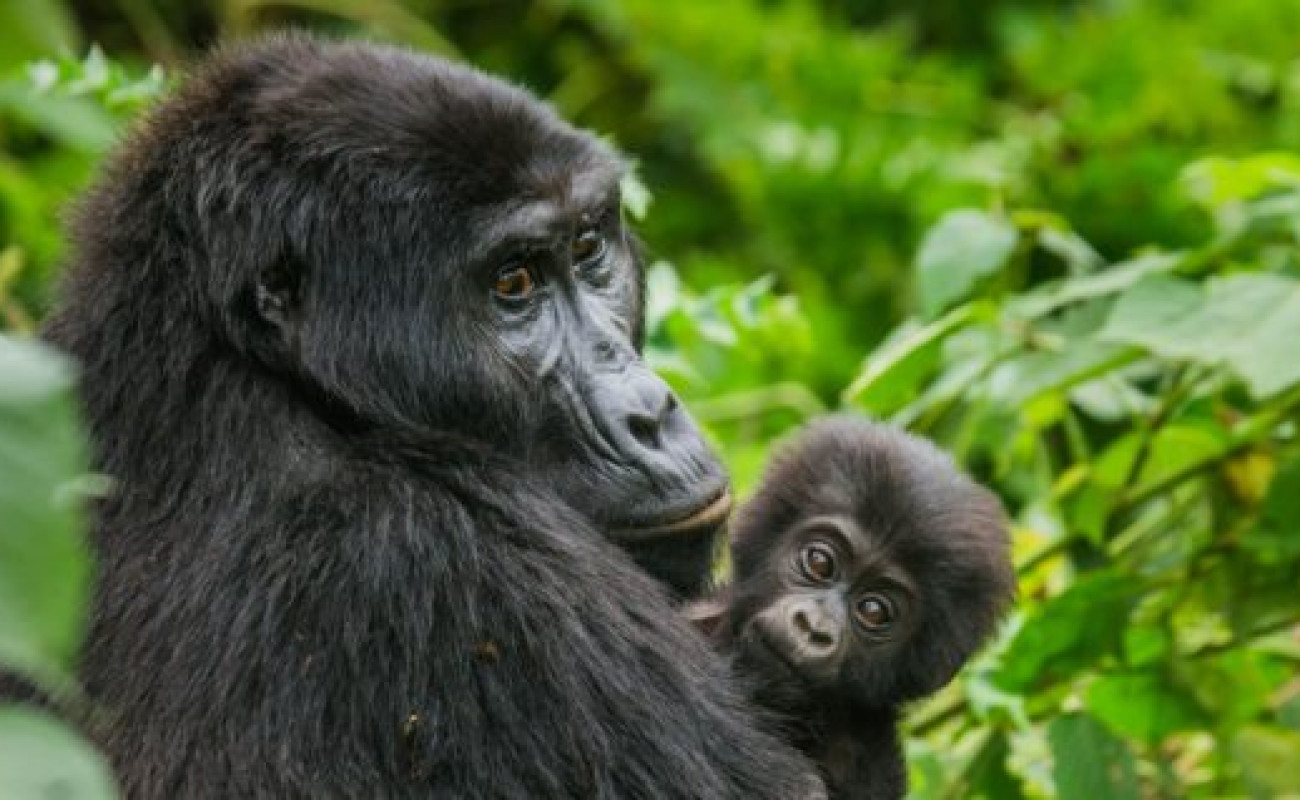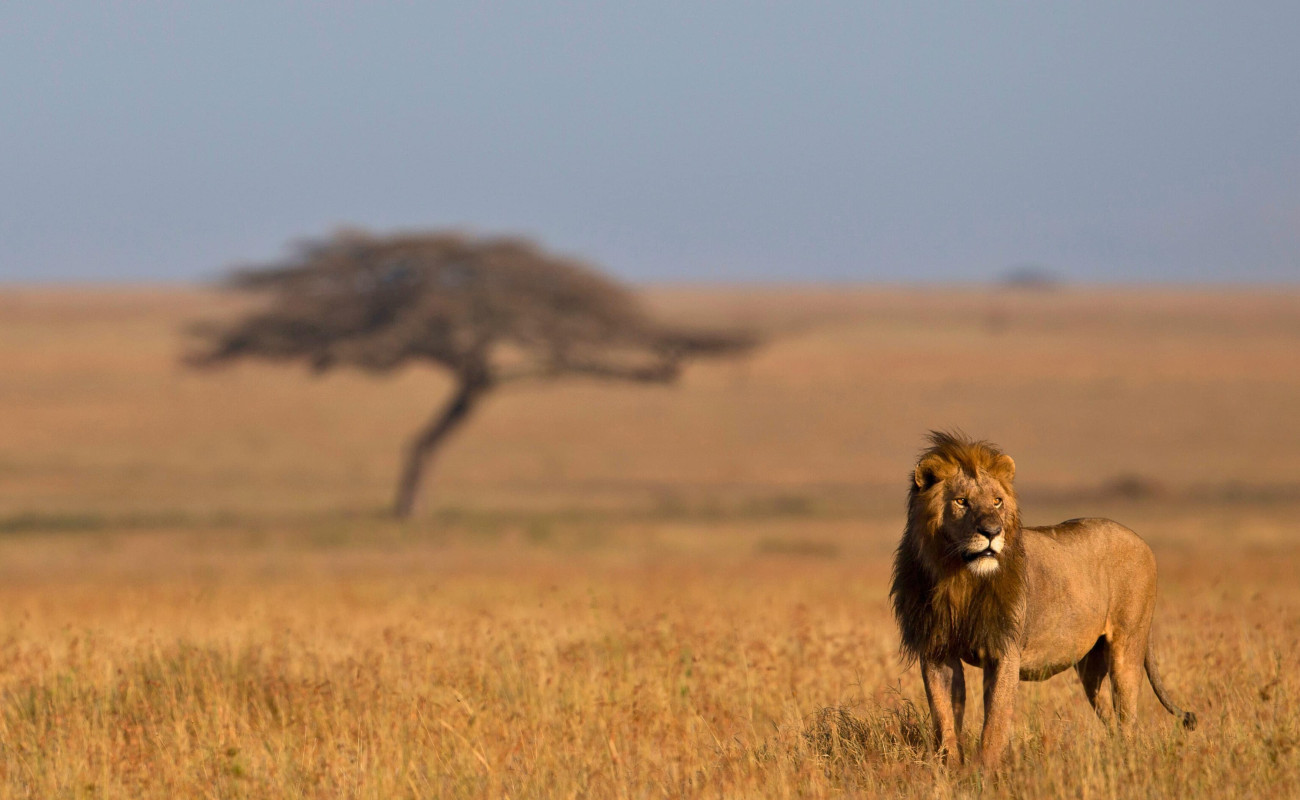The story of Uhuru Peak begins in 1961, when Tanganyika (now Tanzania) achieved independence from British colonial rule.
Rather than raise a flag in a government building or city square, President Julius Kambarage Nyerere envisioned something greater:
“We shall not light the torch of freedom on the ground. We shall place it on the roof of Africa — so that its light can shine beyond our borders, across the mountains and the seas, to bring hope where there is despair, love where there is hate, and dignity where there was none.”
That torch — the Uhuru Torch (Mwenge wa Uhuru) — became the literal and symbolic flame of freedom.
And so, Alexander Nyirenda, a military officer and statesman, climbed Mount Kilimanjaro carrying the national flag and the Uhuru Torch.
On December 9, 1961, as the sun rose on a newly independent nation, he planted the flag and lit the flame at the top of the continent — creating Uhuru Peak.
This was the moment Tanzania declared not only its sovereignty but its vision for peace, solidarity, and Pan-Africanism.
